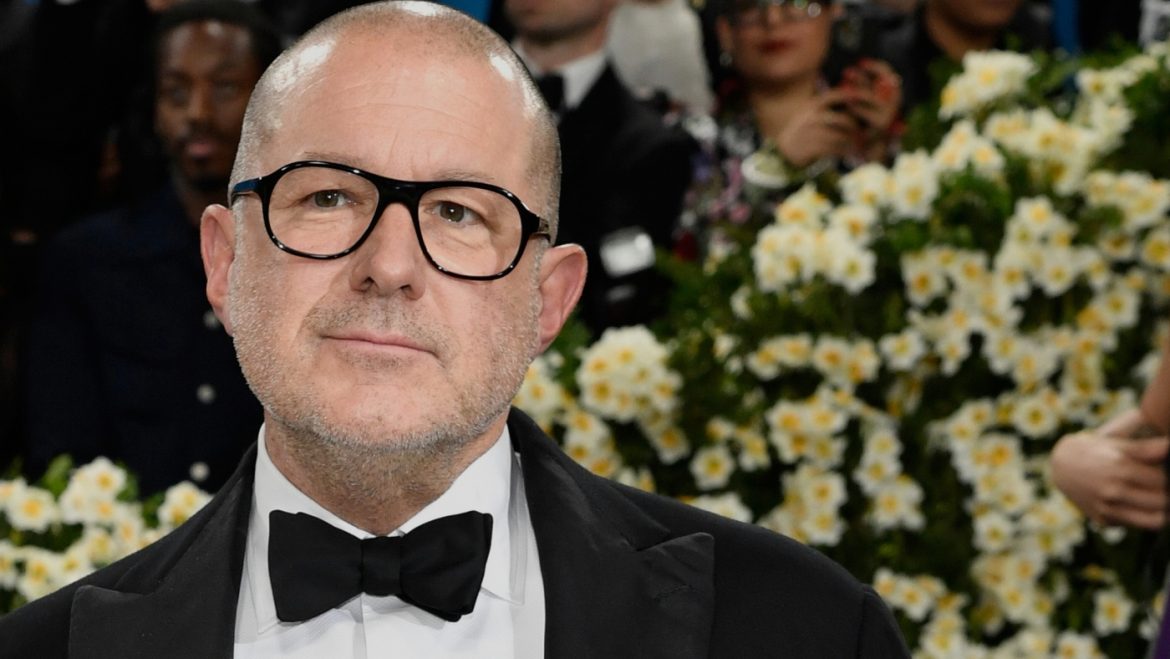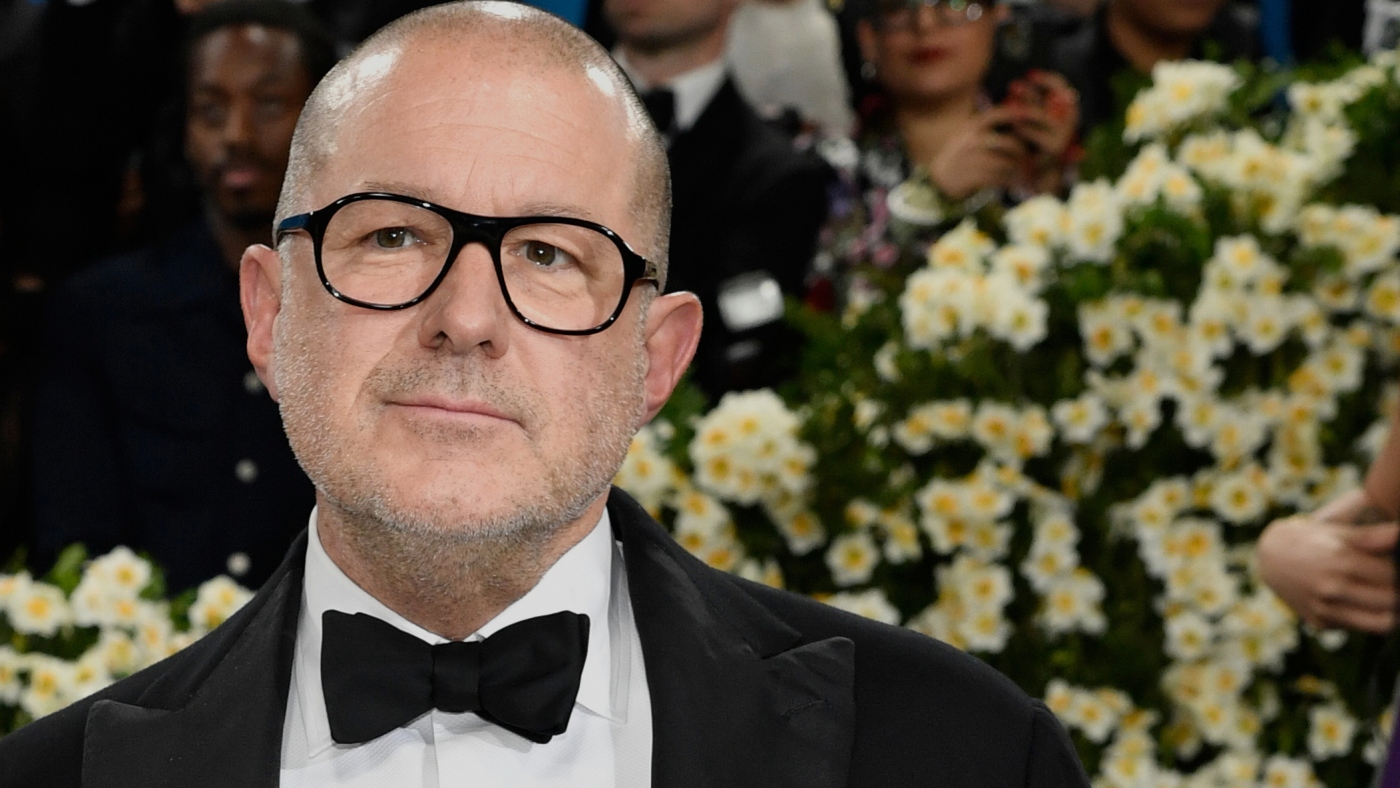OpenAI’s Strategic Acquisition of Jony Ive’s AI Device Startup: Ushering a New Era in AI-Enabled Hardware
OpenAI’s recent $6.5 billion acquisition of io, a startup led by Jony Ive, renowned former Apple design chief behind iconic products like the iPhone, marks a bold evolution for the artificial intelligence pioneer. This landmark deal brings together two formidable forces: OpenAI’s cutting-edge AI research and development capabilities, and Ive’s world-class product design prowess. Their combined mission aims to redefine hardware in an AI-dominated future, catalyzing a potential paradigm shift comparable to the introduction of the smartphone itself.
The Fusion of AI and Design Excellence
Jony Ive, hailed as one of the most influential product designers globally, spearheaded Apple’s transformation with sleek, user-centric devices, emphasizing simplicity and aesthetics alongside function. His startup, io, founded just a year ago, has been quietly working at the intersection of innovative design and AI-powered hardware.
OpenAI, led by CEO Sam Altman, occupies a leading position in developing generative AI models, notably behind ChatGPT, revolutionizing how humans interact with technology through natural language. However, OpenAI’s venture into tangible hardware and devices has been limited so far. Through acquiring io, OpenAI secures a gateway into developing physical AI-enabled products that could redefine consumer interaction with artificial intelligence.
The All-Equity $6.5 Billion Deal
The transaction, valued approximately at $6.5 billion, is structured entirely in stock, underscoring OpenAI’s commitment and belief in the long-term value of integrating design and hardware innovation into its portfolio. This acquisition parallels strategic moves in tech history where platform or service leaders expanded to hardware to offer more seamless, controlled user experiences.
With io absorbed into OpenAI, Jony Ive and his team will directly lead design efforts, effectively shaping the company’s vision for AI hardware. Ive’s involvement signals that OpenAI is no longer just a software-centric AI company but an emerging contender in designing and producing new classes of AI-driven devices.
What This Means for AI Devices
OpenAI’s acquisition of io points to the development of screenless or radically reimagined AI interfaces, representing a fundamental shift from conventional computing devices like smartphones and laptops. Early reports suggest the intention to create a “new family of AI-driven devices,” positioning OpenAI to challenge incumbents such as Apple in consumer technology.
This step could accelerate the arrival of AI assistants integrated into physical form factors, surpassing current expectations of AI as software accessed via screens and keyboards. The synergy between OpenAI’s AI models and Ive’s design philosophy is poised to produce devices that not only amplify AI capabilities but also redefine usability and emotional connection with technology.
Industry and Expert Perspectives
AI and tech experts regard this merger as one of the most significant industry shifts since the release of the iPhone, a device that transformed mobile computing. By combining pioneering AI research with a visionary design approach, OpenAI is setting a new benchmark for future AI products.
Furthermore, the deal has potential ripple effects for Apple and other players. Jony Ive’s departure from Apple and his partnership with OpenAI underscore competitive dynamics in design and AI innovation. OpenAI’s move signals intent to compete not just in AI research but also in developing world-class AI hardware, potentially catalyzing a new wave of product innovation across the tech ecosystem.
Strategic Implications and Vision for the Future
The collaboration between OpenAI and Jony Ive heralds a strategic repositioning of OpenAI from a primarily software-driven AI company into a holistic AI-first device maker. This leap holds the promise to:
– Completely reimagine human-computer interaction, minimizing traditional screen-centric models.
– Accelerate AI adoption by embedding AI deeply in everyday devices, extending AI assistants beyond phones or computers.
– Set new standards for industrial design in AI devices, emphasizing beauty, simplicity, and intuitive usability.
– Fuel competition and innovation among tech giants aiming for leadership in the emerging AI hardware landscape.
Ive has spoken about “completely reimagining what it means to use a computer,” reflecting a vision likely to materialize through innovative form factors and intelligent interfaces.
Conclusion: The Dawn of AI-Enabled Hardware Innovation
OpenAI’s acquisition of io marks an inflection point, blending AI’s transformative power with industrial design brilliance. This $6.5 billion partnership between OpenAI and Jony Ive is more than a corporate deal—it is the inception of potentially revolutionary AI-enabled devices designed to integrate seamlessly into human life, much like the iPhone did years ago.
As OpenAI embraces hardware innovation led by a legendary designer, the future of AI interaction extends beyond software into tangible, beautiful, and intelligent devices that may redefine the technology landscape and user experience for decades to come. The fusion of visionary AI research with profound design is poised to unlock new frontiers in how humans and machines coexist and collaborate.
—
Transform how you experience AI with devices designed by iPhone legend Jony Ive and powered by OpenAI—discover the future of AI hardware today.


